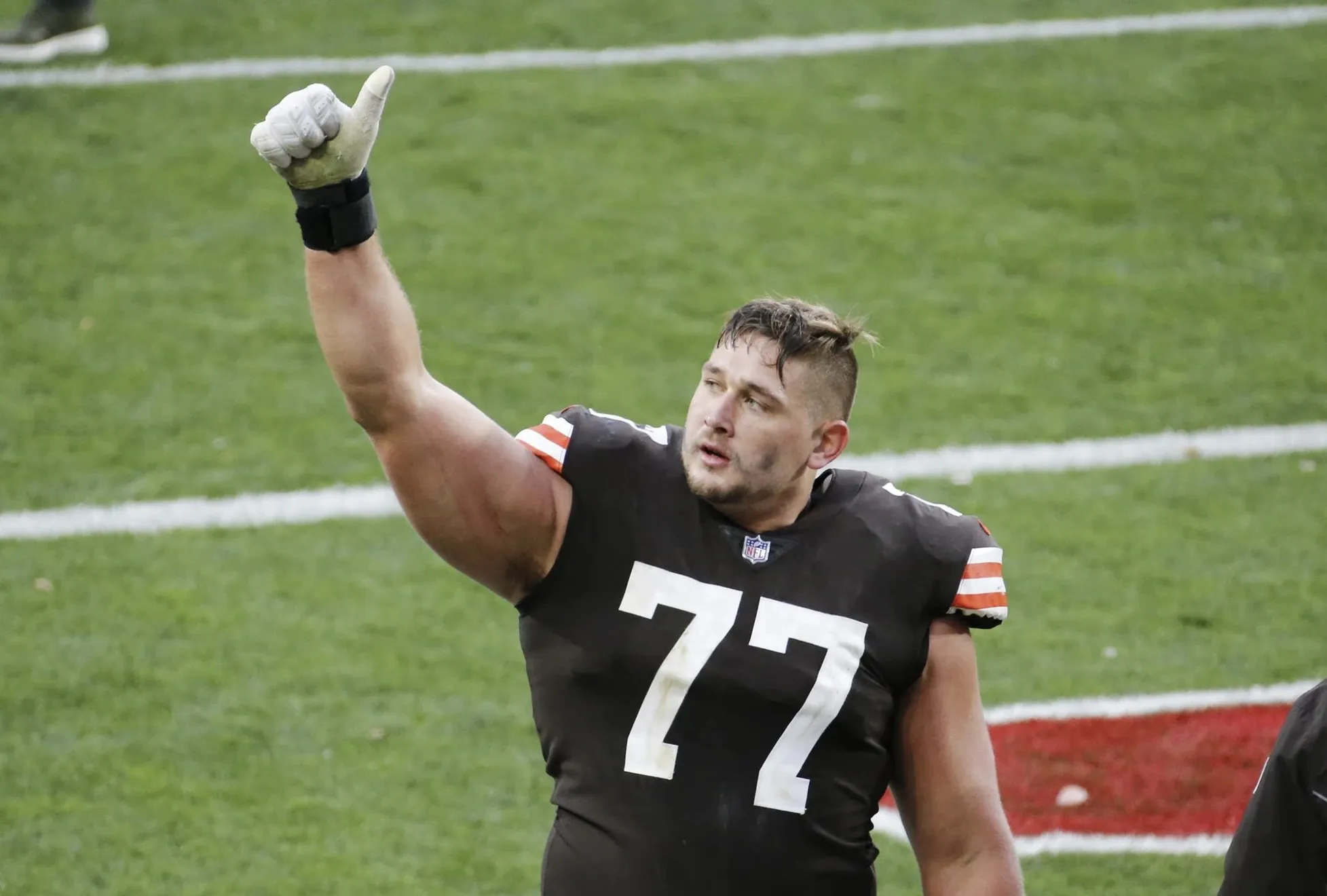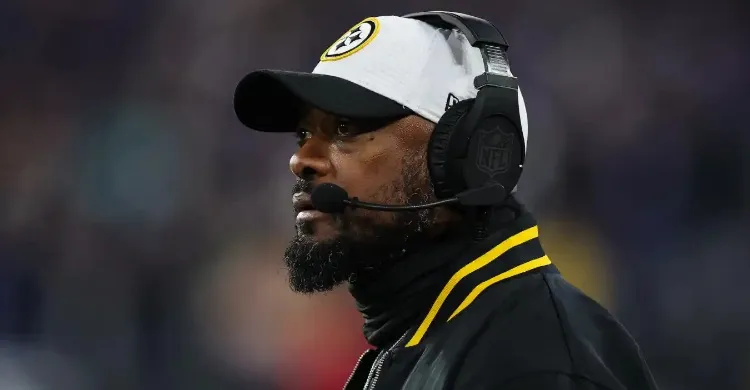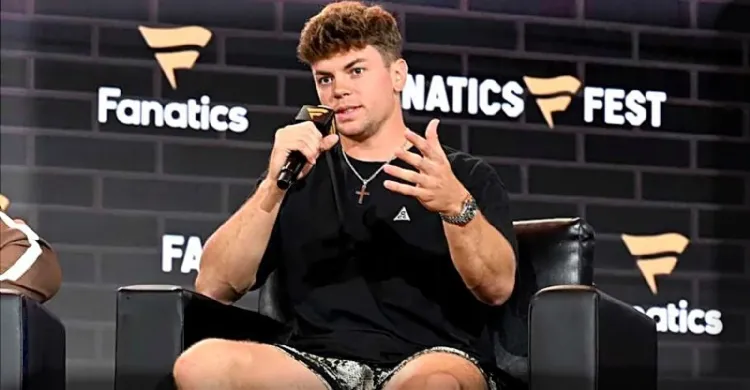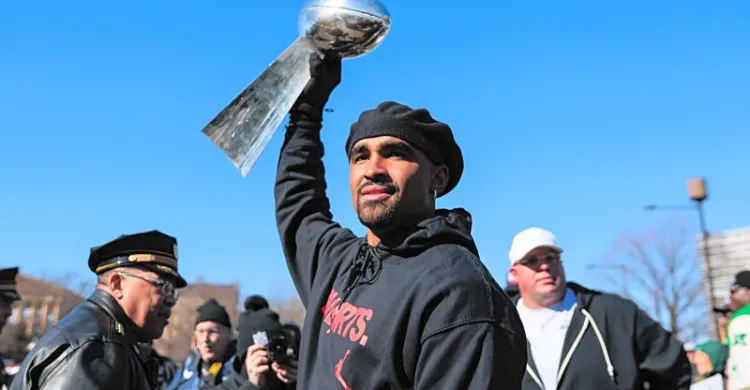The Denver Broncos have filled most of the holes in their starting lineup, thanks to free agency. However, one notable hole is running back.

The fact that the Broncos currently have mostly depth or rotational ball-carriers on the roster may convince some fans to believe that a running back must be drafted in the first round. After all, it's the Broncos' most pressing need.
However, there are those who have pointed out that drafting a running back in the first round is not necessarily the best strategy. There is a case to be made for positional value, but it's also worth asking how much the Broncos have gotten in return from past running backs drafted in the first round.
I went back to look at the Broncos' draft history to compare running backs who were drafted in the first round to the team's most productive backs.
First, we should note that one Broncos running back drafted in the first round is in the Pro Football Hall of Fame: Floyd Little. However, Little was drafted prior to the AFL-NFL merger that consolidated the two leagues into one.
Furthermore, Little was the first player to sign with the Broncos after they drafted him in the first round. Before the merger, it wasn't unusual for an NFL and an AFL team to both draft a player, then the player would opt to sign with the NFL team.
Post-merger, the Broncos have drafted just four running backs in the first round: Bobby Anderson in 1970, Otis Armstrong in 1973, Gerald Willhite in 1982, Steve Sewell in 1985, and Knowshon Moreno in 2009. This exempts Bobby Humphrey, who was a first-round pick in the 1989 supplemental draft.
Anderson played four seasons with the Broncos. He had 1,281 yards on 313 carries with nine touchdowns and caught 84 passes for 861 and two touchdowns. Anderson also served as a kick returner.
Armstrong spent eight seasons with the Broncos, rushing for 4,453 yards on 1,023 carries with 25 touchdowns and caught 131 passes for 1,302 yards and seven touchdowns. Like Anderson, Armstrong also served as a kick returner and was a key player on the Broncos 1977 Super Bowl team.
Willhite spent seven seasons with the Broncos, rushing for 1,688 yards on 380 carries and caught 207 passes for 1,767 yards and five touchdowns. He was paired often with 1982 fifth-round pick Sammy Winder, who outperformed Willhite, rushing for 5,427 yards on 1,485 carries with 39 touchdowns and caught 197 passes for 1,302 yards with nine touchdowns in nine seasons with the Broncos.
Sewell spent seven seasons with the Broncos, rushing for 917 yards on 229 carries with 13 touchdowns and catching 187 passes for 2,354 yards with 13 touchdowns. He was a good pass-catching back but wasn't utilized much in the running game, though he appeared in three Super Bowls.
Moreno spent five seasons with the Broncos and rushed for 3,616 yards on 876 carries with 27 touchdowns and caught 158 passes for 1,409 yards and nine touchdowns. His best season was 2013, in which he rushed for 1,038 yards with 10 touchdowns, helping the team reach Super Bowl XLVIII.
The Takeaway
There's no doubt Little was a truly great player, but among the other first-round running backs, Armstrong was the only one who made a clear impact over multiple seasons. Moreno had one great season but was average at best otherwise; Sewell was used more as a pass catcher but little as a runner; Willhite was outperformed by a fifth-round pick, and Anderson didn't make an impact.
And then there's the fact that the Broncos' best running back of all time, Terrell Davis, was a 1996 sixth-round pick. If you look at the top five Broncos running backs of all time, Little and Armstrong are there, but so are WInder and 2000 sixth-round pick Mike Anderson.
Now, this doesn't mean the Broncos need to wait until the sixth round to draft a running back. And, yes, it's a small sample size when it comes to running backs the Broncos drafted in the first round, but the team's history with running backs is a reminder that it's not necessary to take a back on Day 1.
The Broncos' best strategy should be to identify backs in the draft that they like, and if there's one they really love, consider taking him in the first round. But if they don't truly love a back or they see multiple backs who are similar but believe several of them will be available in later rounds, it's better to wait.
And the best reason for waiting is that it's a deep class of running backs this year. Chances are the Broncos can find a productive player on Day 2 who will fit the offense.
It's easy to look at other teams who have backs that were former first-round picks who have been productive. But the best thing the Broncos can do is look at their own offense, look at the backs who fit the offense well, and then figure out when to target such a back, unless there's one whom the team simply can't pass up at No. 20 overall.



